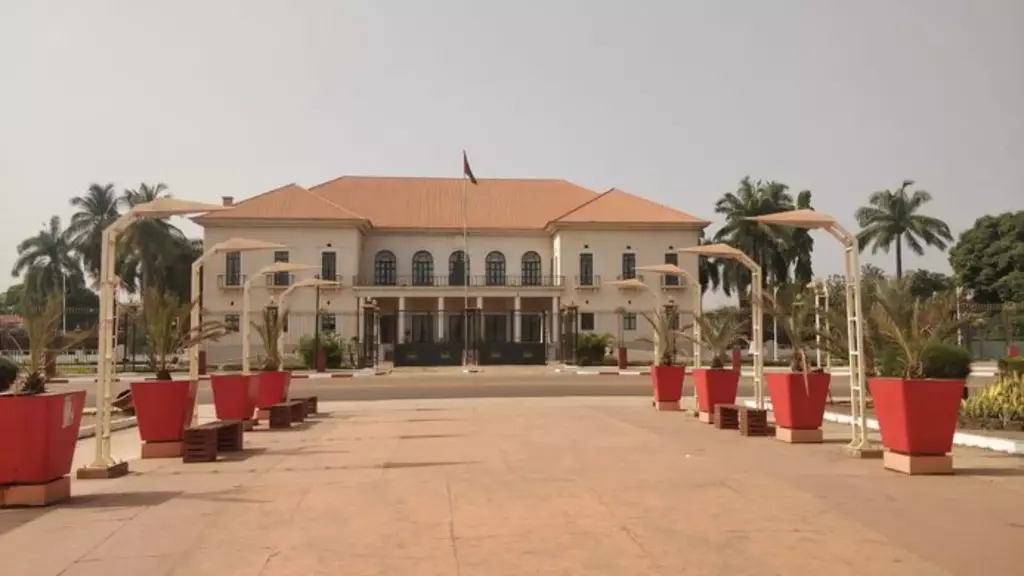Presidential Palace

- The Presidential Palace of Guinea, located in Conakry, is one of the most significant political and historical landmarks in the country. Serving as the official residence and office of the President of Guinea, the palace is a symbol of the nation’s sovereignty, governance, and political power. While access to the interior is restricted to government officials and dignitaries, the palace remains an important site in the capital, with its imposing architecture and strategic location making it a notable point of interest for visitors and locals alike.
- The palace has witnessed decades of Guinea’s political evolution, from its post-independence era under President Ahmed Sékou Touré to the present day. Throughout the years, it has been at the center of key historical events, including political transitions, state ceremonies, and diplomatic meetings. Its grand design, expansive grounds, and fortified security reflect its status as the administrative headquarters of Guinea’s leadership. The structure itself is a blend of modern and traditional influences, showcasing elements that represent the country’s heritage while maintaining a sense of authority and governance.
- Though the Presidential Palace is not open to the public for tours, visitors can admire its majestic exterior and surrounding areas. The palace is often viewed from a distance by those exploring downtown Conakry, as it is located in a prominent area near other government buildings and diplomatic missions. The surrounding neighborhood is a hub of political activity, where key decisions shaping Guinea’s future are made. Occasionally, the palace serves as the venue for official receptions, national celebrations, and international diplomatic engagements, further emphasizing its role in Guinea’s political landscape.
- Security around the Presidential Palace is always tight, with armed guards and surveillance ensuring its protection. Visitors are advised to avoid taking photographs or lingering too close to the premises, as security restrictions are strictly enforced. However, its significance in Guinea’s governance and history makes it an essential landmark to acknowledge when visiting Conakry. While it may not be a tourist attraction in the conventional sense, the Presidential Palace stands as a powerful representation of Guinea’s leadership and political heritage, making it an important symbol of the nation’s identity.
